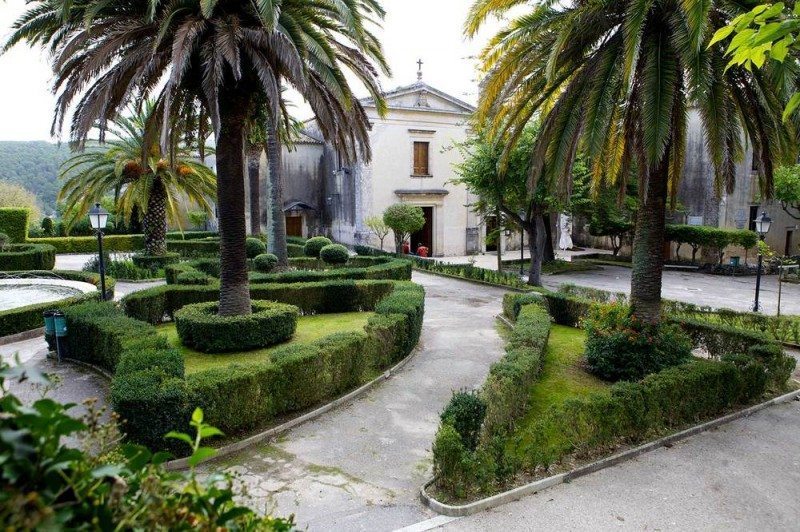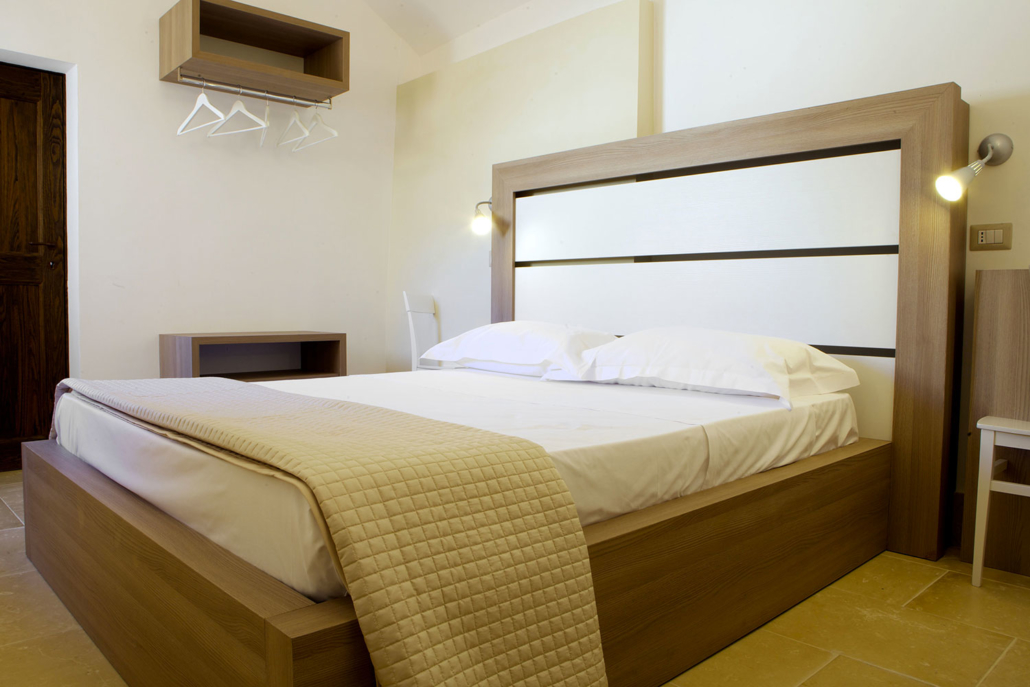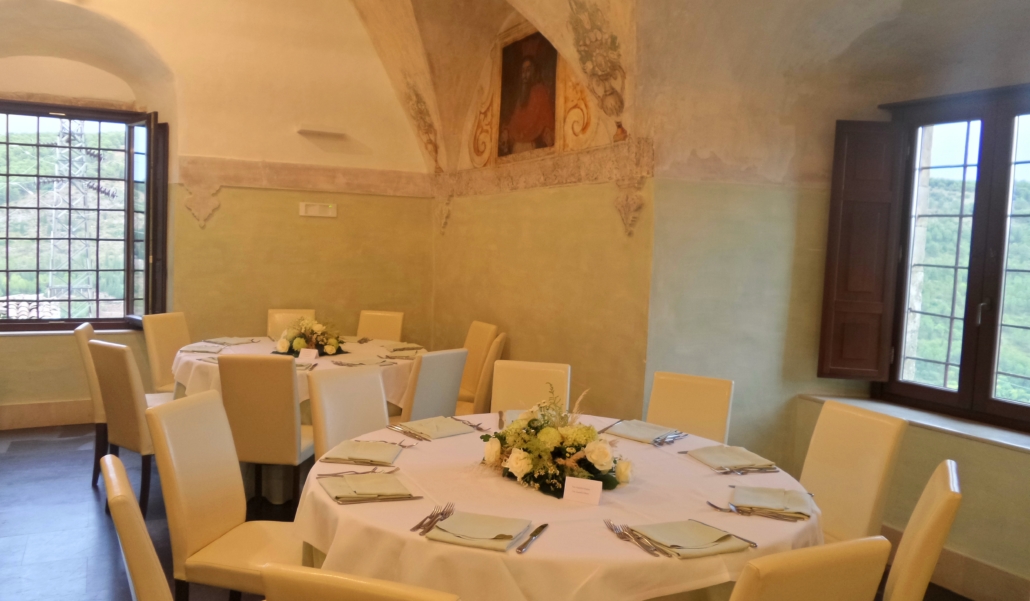Ragusa | Antico Convento Ibla
Placid setting notwithstanding, there’s an awful lot on the boil in the lovely Antico Convento dei Cappuccini in Ragusa. The sixteenth-century ex-monastery, later enclosed in Mediterranean gardens, is now fully restored and remodelled, first and foremost as a superior school of the culinary arts with restaurant attached, and then for hospitality of equally distinguished calibre. Nosco is the name given to the catering school, with the quintessentially Italian subtitle Scuola Mediterranea di Enogastronomia. Under the expert guidance of chef Giuseppe Barone it offers professional sommelier, bartender and front-of-the-house instruction as well as haute cuisine. More interesting for those of us not quite so gifted or otherwise employed are courses for amateurs too. And why Mediterranean? Because legitimate regional pride comes into the equation of course, putting a strong accent on the local heritage of food and wines and on sourcing as much as possible in south-eastern Sicily when not in the gardens themselves.
The place where you can sample the Nosco benchmark of gastronomy and service is Cenobio (subtitled food for the soul), located in monasterial halls with impressive historical architectural features and décor, and al fresco in the internal garden, weather permitting. Hotel Antico Convento is the third and final part of the monastery reclamation. Few rooms where minimalism is de rigueur, part and parcel of the concept, as is the quiet, almost spiritual atmosphere inside the ancient walls. But there’s nothing ascetic about the hospitality. Sicilian art galleries provide a stream of contemporary works displayed around the hotel. Antico Convento Ibla is on the edge of town with stunning views over the Irminio valley. And Ragusa is just one of 8 towns in an area granted World Heritage status by UNESCO for its late Baroque architecture and innovative urban reconstruction after a devastating earthquake in 1693. It was the ecclesiastical authorities who took the initiative for the restoration of the monastery, taking various partners on board as plans progressed. Profits from the commercial activities are reinvested in community and social works.





